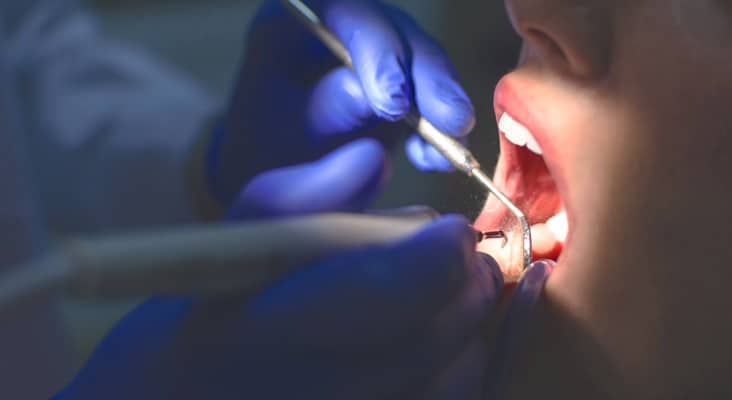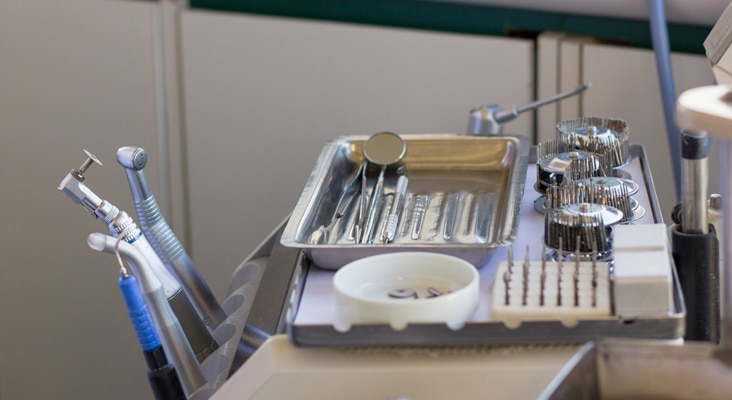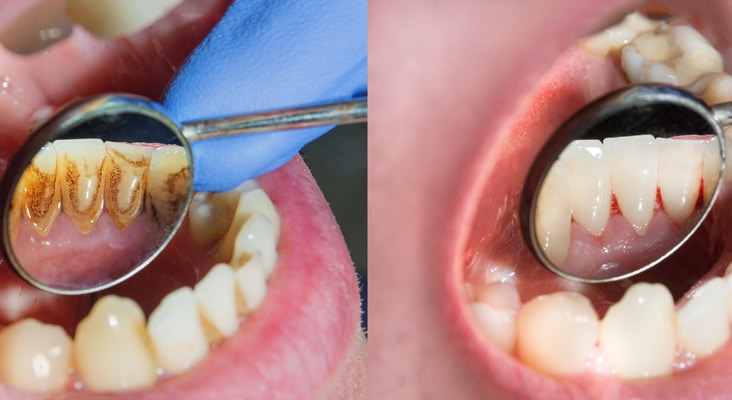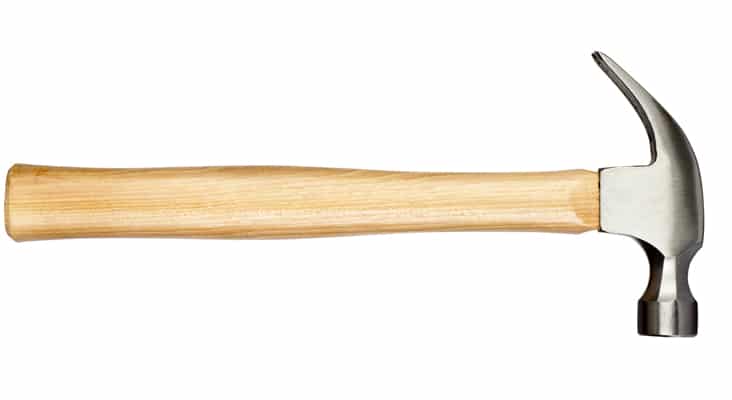Test Your Knowledge on Ultrasonics
Clinicians should become well versed in the differences in techniques when using magnetostrictive and piezoelectric devices. While these devices are similar, understanding how to use them properly is integral to achieving ideal outcomes. Read more to evaluate how much you know about achieving optimal results using ultrasonics.
Understanding the differences in lateral forces, tip adaptations, and power settings between magnetostrictive and piezoelectric devices is imperative to prevent damage to tooth structure.
 AleksandarGeorgiev / E+
AleksandarGeorgiev / E+
When using a magnetostrictive scaler for supragingival biofilm and calculus removal on the distal and mesial aspects of proximal teeth, the insert should be adapted at how many degrees to the crown?
 RobertoDavid / iStock / Getty Images Plus
RobertoDavid / iStock / Getty Images Plus
To reduce the possibility of damage when using a magnetostrictive scaler, clinicians must start with the insert pointing toward the apex, and do which of the following while using a same-arch fulcrum?
 AleksandarGeorgiev / iStock / Getty Images Plus
AleksandarGeorgiev / iStock / Getty Images Plus
To prevent burnished calculus, clinicians should not begin with which type of strokes when using a magnetostrictive scaler during calculus removal?
 JosuOzkaritz / iStocky / Getty Images Plus
JosuOzkaritz / iStocky / Getty Images Plus
Clinicians should adjust the magnetostrictive scaler’s power from medium to high and use methodical multidirectional strokes when fracturing subgingival ledges of calculus.
 undefined undefined / iStock / Getty Images Plus
undefined undefined / iStock / Getty Images Plus
What will occur if the convex and concave backs of the piezoelectric tip are used during instrumentation?
 shingopix / E+
shingopix / E+
Clinicians should swing the handle away from the tooth and use the lateral sides of the tip with vertical strokes when using a piezoelectric tip for the mesial and distal surfaces.
 Creatas Images / Creatas / Getty Images Plus
Creatas Images / Creatas / Getty Images Plus
Share your Results:

